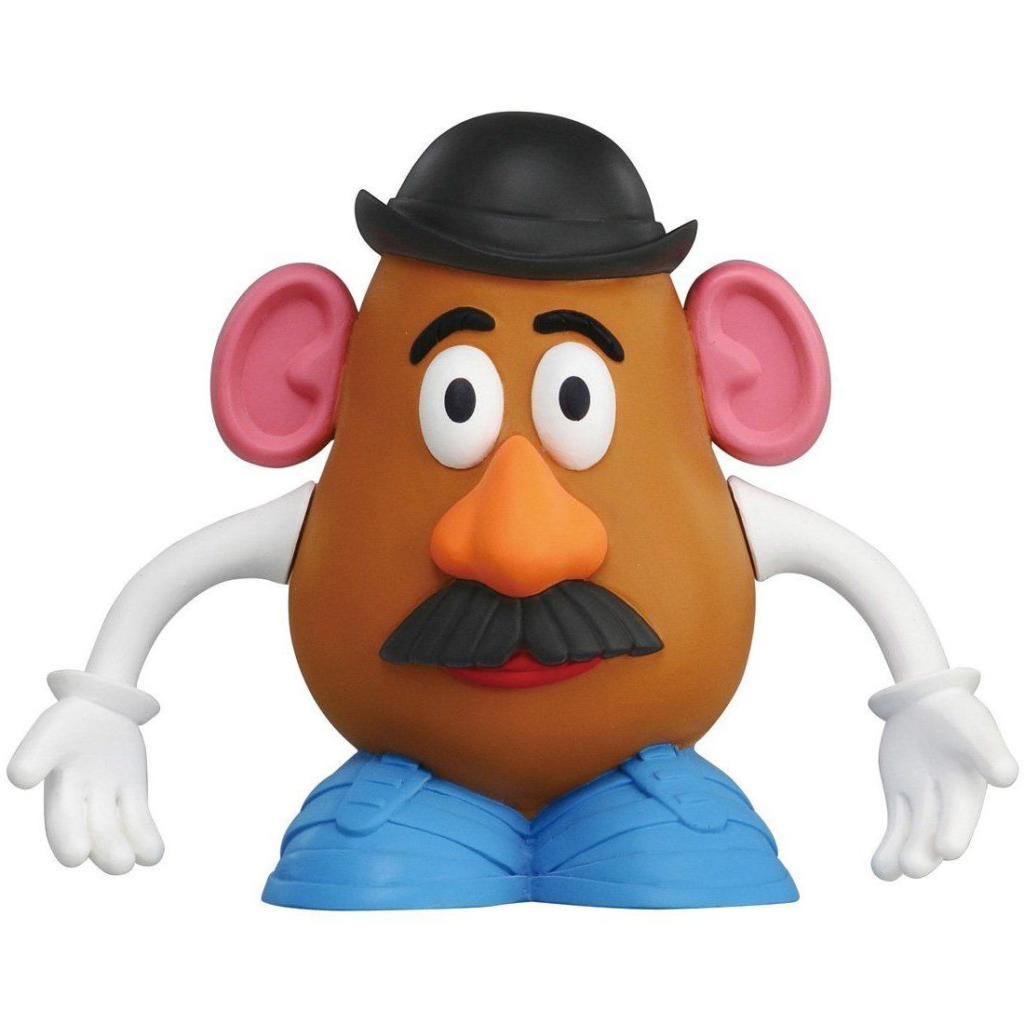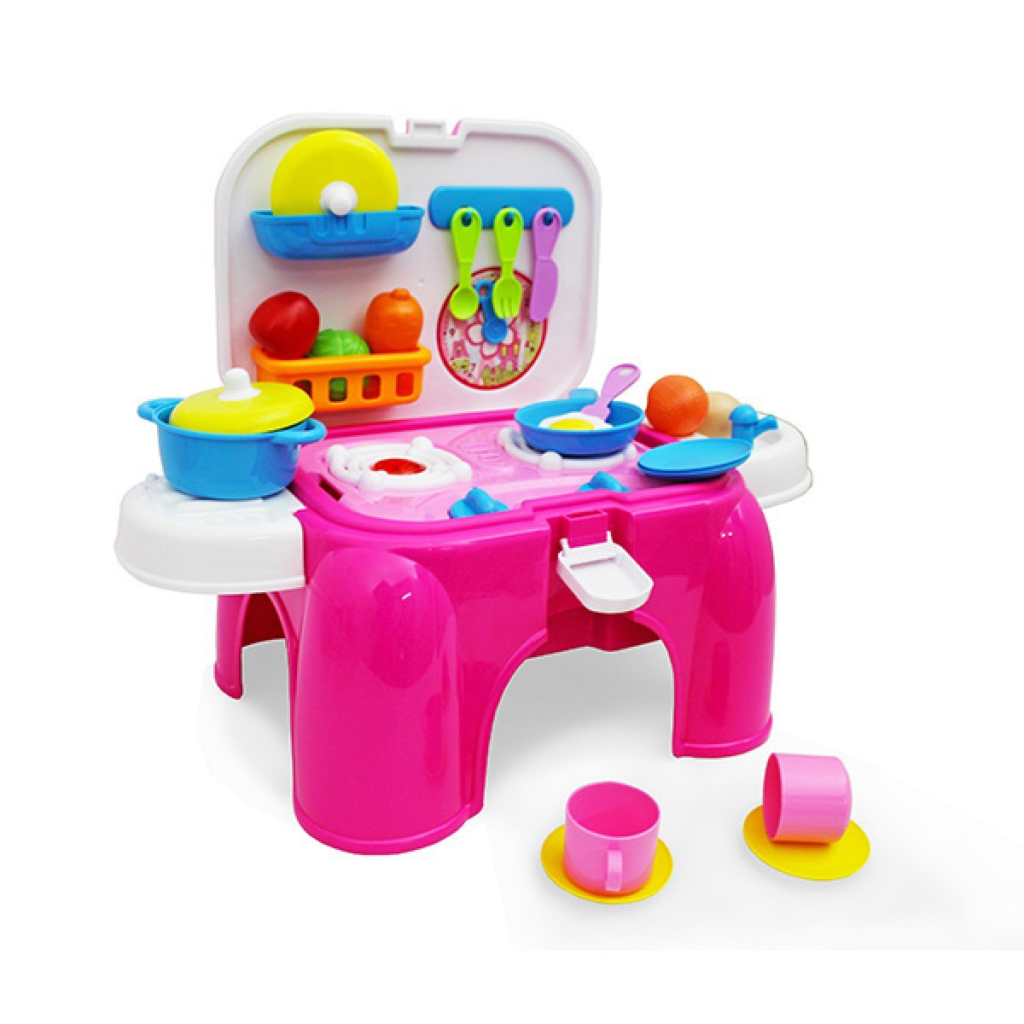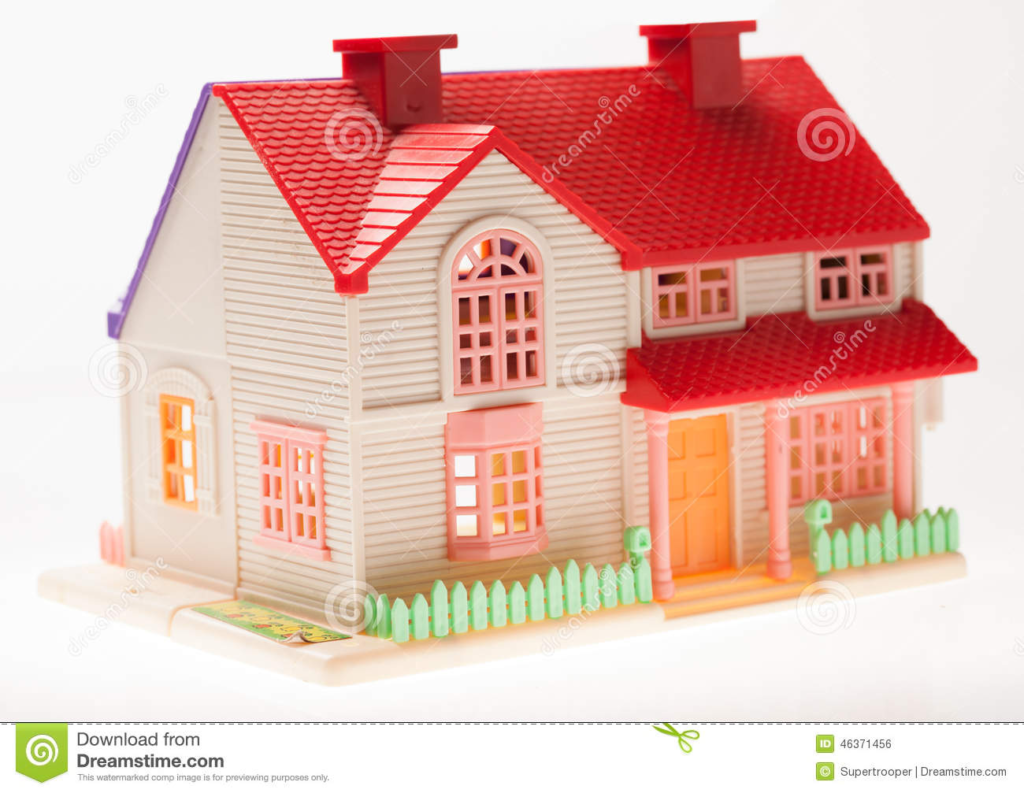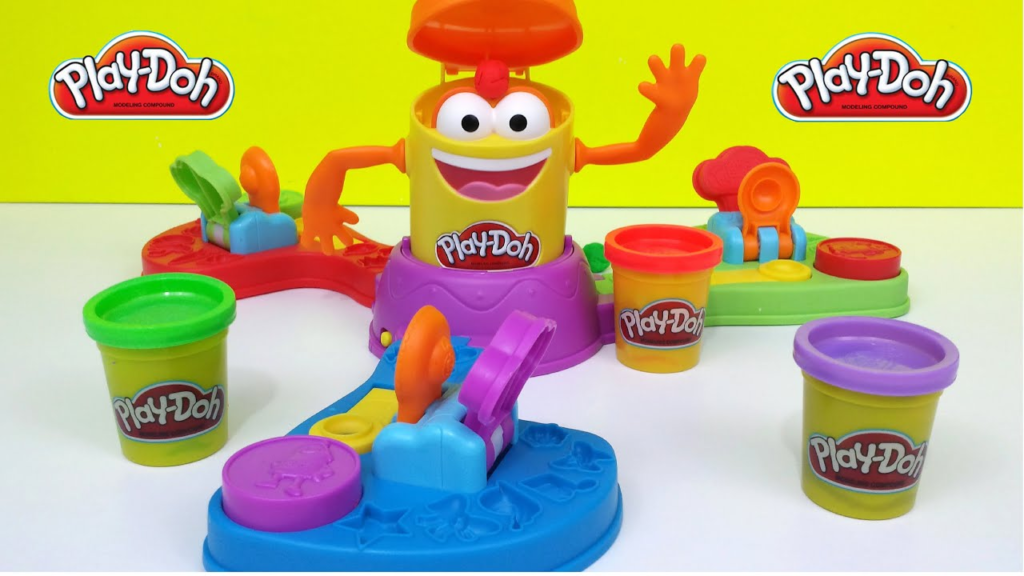A Few of Our Favorite Things
A few of the Speakeasy Therapy speech therapists decided to get together and compile some of their favorite tools and strategies for providing speech therapy and share them with you all here.This is by no means an all-encompassing list, but these are some of the standouts as recommended by your local speech therapists.

Sensory Bins
Sensory bins are engaging and directly involve hands-on lay. They help to spice up labeling and foster language and sensory development. Sensory bins can include various consistencies including beans, rice, water beads, kinetic sand, and shredded paper. You can use sensory bins to hide letters, animals, toys, cars, and picture cards for labeling practice. Sensory bins can also be helpful in working on asking for items, answering ‘wh’ questions (what, where), speech (articulation/phonology), and practicing prepositions (in, out, on, under).

Mr. Potato Head™
Mr. Potato Head™ is an excellent therapy tool that is great for working on learning about body parts as well as working on requesting. You can also use this toy to work on sharing, turn-taking, and conversational turn-taking (especially if you have multiple ‘potato heads’). Withholding is a great strategy to incorporate across play activities where you refrain from providing desired items until they are appropriately requested. This can be done easily with Mr. Potato Head™ as well; encourage your child to ask for an arm or hat before handing it to him/her.

Kitchen Playset
A kitchen playset comes highly recommended as a tool for language development. The combination of play food, dishes, and utensils along with the play kitchen help to foster a wide breadth of language use including labeling foods/kitchen items, using verbs, and using prepositions (in, on, under, above). This play resource provides a great opportunity to work on following directions (i.e., “Can you give me the apple?”) along with responding to direct (i.e., “I want the apple please.”) and indirect requests (“I’d really love to have an orange.”). This activity also facilitates joint attention and collaborative play with you and your child.

Playhouse
Similarly, a playhouse also provides many of the same opportunities as the kitchen playset with often greater variety of opportunities as it includes other rooms in which to enact everyday activities and experiences, albeit on a smaller scale. Playhouses provide many opportunities to work on typical social interactions especially greetings. As you typically incorporate dolls and action figures when using a playhouse, it is a great chance to address using pronouns (he, she, they, it). When working on pronouns, it is a good idea to provide immediate comparison when able (i.e., “He is a boy and she is a girl”). It is a great idea to encourage imitation in such activities as well, although imitation and modeling can be a part of any play activity.

Play-Doh
Play-Doh or something similar to it (i.e., slime, kinetic sand) along with tools for changing its shape including cookie cutters, utensils, or Play-Doh-branded products can provide many opportunities to work on speech and language. These products tend to be colorful which inherently offer an opportunity to work on colors. You can also shape such materials into varying shapes, animals, and items. Additionally, Play-Doh tends to be a crowd pleaser and also provides a lot of sensory input for those that may need it.

Seek & Find
Hiding items in your home or in a play room can provide a great opportunity for language and asking questions in a more organic fashion. It is a great way to work on improving vocabulary without the redundant nature of more convention drill practice (i.e., using picture cards). This also can make speech practice more interesting. For instance, if your child is working on producing 2 syllable words, you could hide picture cards or actual items that have 2 syllables. Of course, this can be modified to work on various speech and language targets. Also, you can use a flashlight and turn out the lights in the room to make it even more interesting (as long as your child isn’t scared of the dark).

Sorting Crayons
Sorting crayons are wonderful for working on colors, sorting and organizing, and labeling varied things (including foods and animals). The variety of items in the containers help to keep things interesting and help to ensure its a toy your child will come back to play with on multiple occasions.

Seek-a-Boo!™
This seek-and-find memory game readily incorporates concepts including shapes, colors, things, and sizes. Seek-a-Boo!™ is a unique take on structured therapy that helps kids to be more actively engaged in structured language learning. You can also change up the game by hiding the cards over a wider area or turning off the lights and using flashlights to find the ‘hidden’ cards.

Puzzles
There are different varieties of puzzles out there, but the puzzles from Melissa & Doug™ are great. Their puzzles are great for children to manipulate easily and come with options including environmental sounds such as vehicular or animal sounds. Puzzles also help to train more structured play and help to foster alternative learning opportunities.

Colored Blocks
Mega Bloks™ offer an opportunity for children to play with larger blocks that don’t present a choking hazard. Blocks can be used to teach stacking and develop motor skills. The varieties of colors and shapes along with the creative nature of building things with blocks all help to foster opportunities for creative thinking and language use.
If you enjoyed what you read here, please give at least one of these resources or strategies a try and do your best to find the little speech and language learning opportunities in your day.